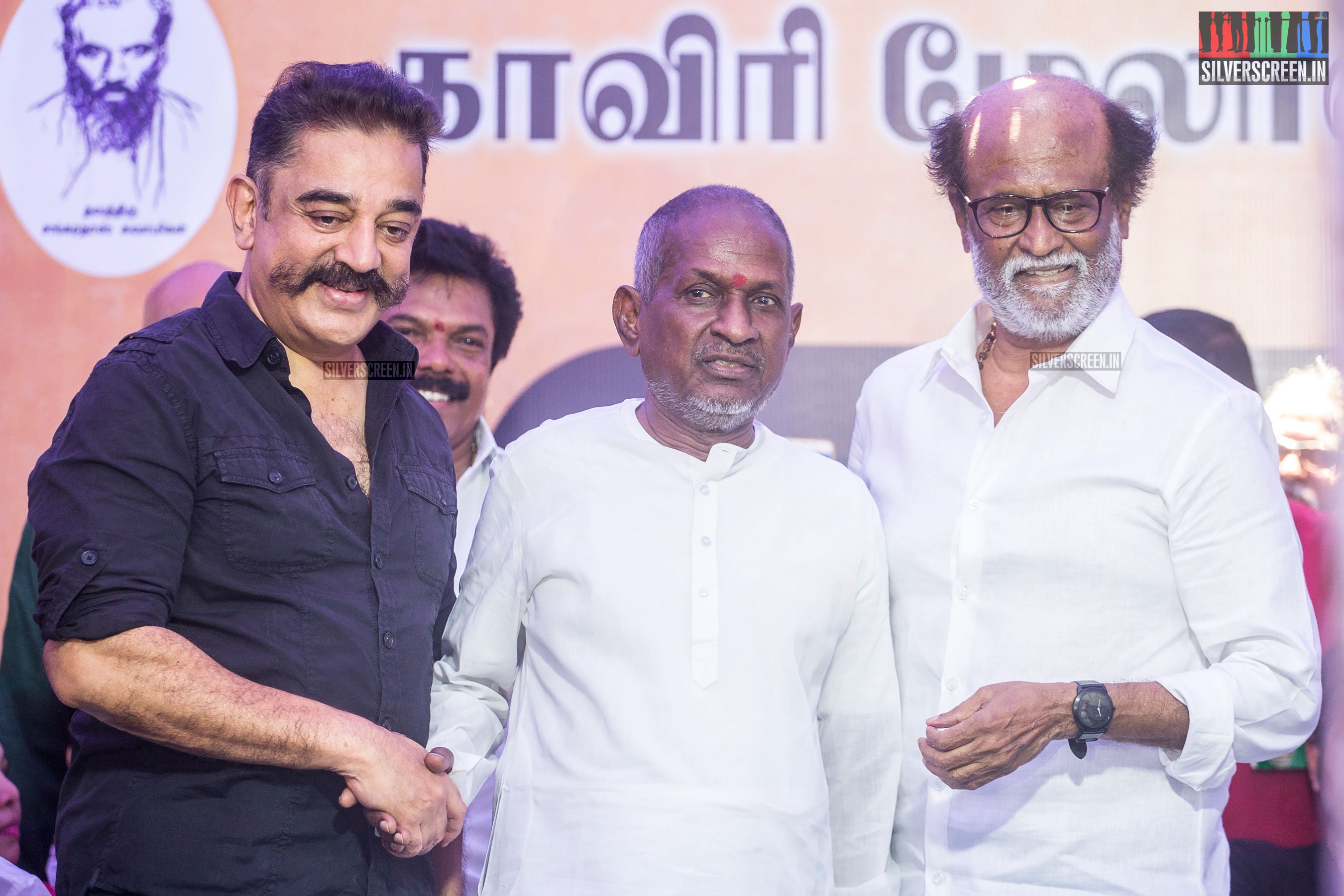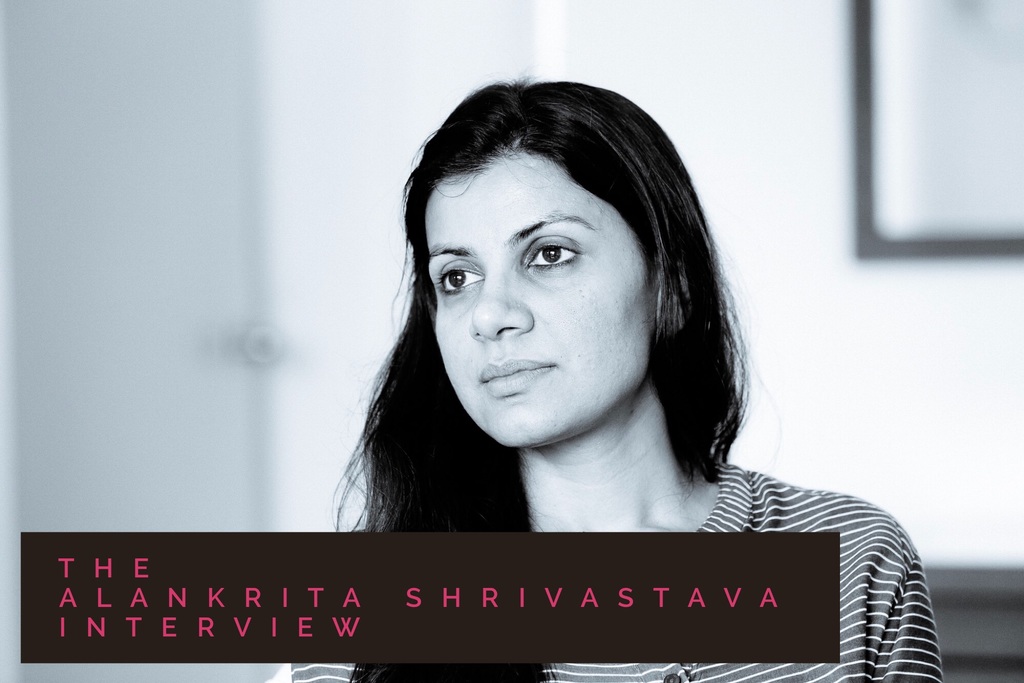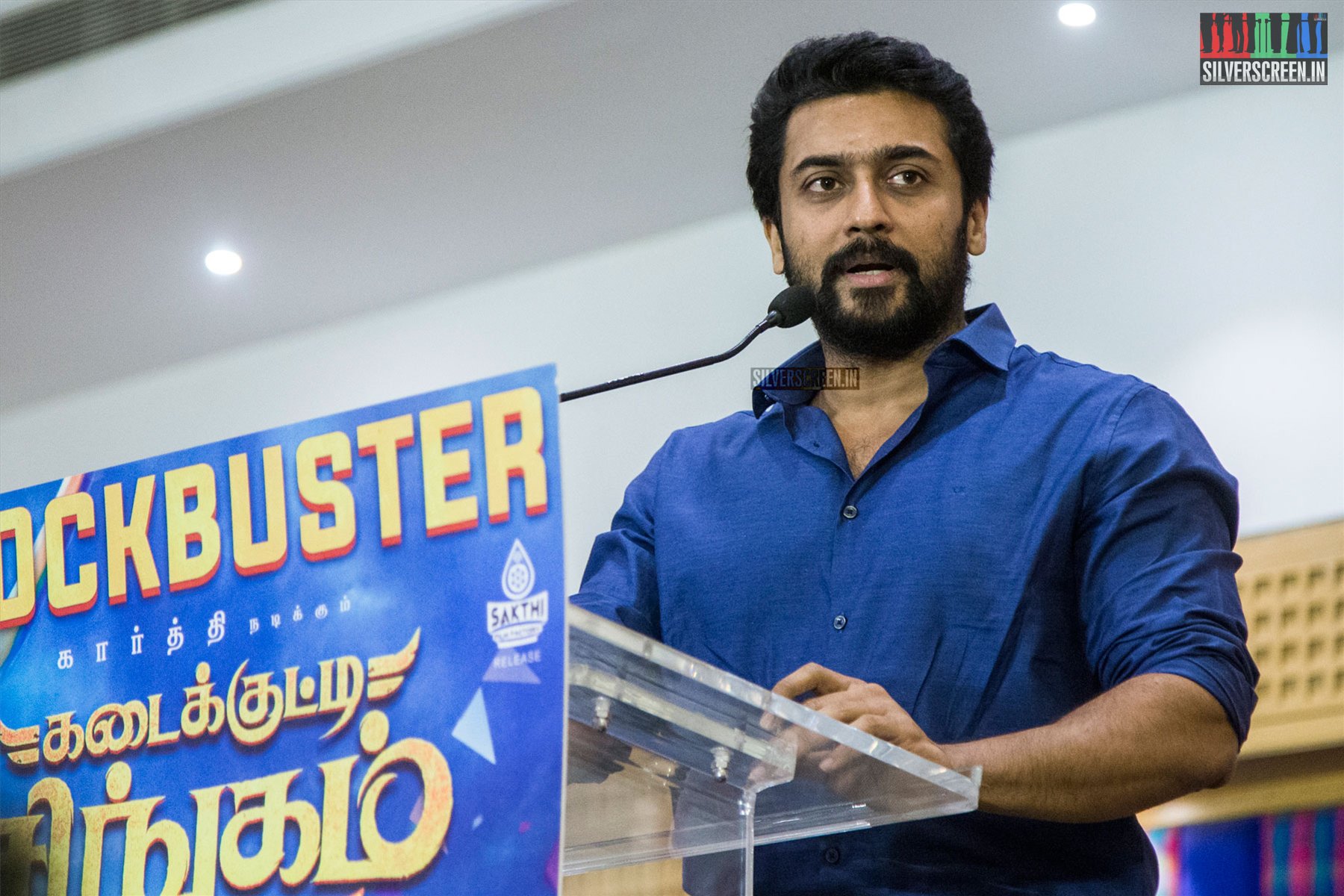The MAMI Mumbai film festival is on till November 1
Two films had their Indian premiere at the 20th Jio MAMI Mumbai Film Festival 2018. One, a Hindi film, by a debutante director, set in the capital of the country – New Delhi – and another, an anthology film adapted from short stories in Tamil, by a veteran director known for his mainstream films populated with warm characters and true-to-life scenarios, set in and around Chennai. The short stories are by Tamil writers – Ashokamitran, Jeyamohan and Aadhavan – in order of appearance in Vasanth’s Sivaranjiniyum Innum Sila Penngalum. The Hindi debut is from Ivan Ayr, called Soni, about two policewomen, their personal and professional lives involved in a push and pull of constant, unnerving conversations and contradictions. The two films have thematic commonalities, their bare bones structure deal with similar issues concerning woman. At times, even their treatment finds common threads while churning out completely different and yet compelling pair of films.
Soni (Geetika Vidya Ohlyan) is a sub-inspector in the New Delhi police and her superior is Kalpana played by Saloni Batra. They operate the graveyard shift and regularly go on decoy operations to sniff out localized trouble during Delhi’s after hours when the city sleeps and the evil subsumes everyone in its path. Sivaranjiniyum Innum Sila Penngalum‘s stories come from the pages and they are less complex, and, at first glance, seemingly suggest simpler times therefore simpler film. There is Saraswathi (Kalieswari Srinivasan), living in a two-room house at the far end of a corridor who has a line of credit with her neighbour for everything from appalam, kerosene, sugar and rice. Her husband is blue collar worker who leaves his physical strength back at the workplace. He has none left to lend Saraswathi a hand, even with his own daughter. Saraswathi’s story is set in 1980 and the subsequent ones in Vasanth’s film – Devaki (Parvathy) and Sivaranjini (Lakshmi Priyaa Chandramouli) – are set in 1995 and 2007-to-present respectively.
Both Soni and Sivaranjiniyum use space in inventive ways. In Soni, the places of concern are the Delhi streets at night, the police station and the respective households of Soni and Kalpana. We see Soni living by herself because of some domestic issues and we are also made to buy into the belief that these are policewomen, they cannot be weak or pushovers, words so simplistic and inaccurate that come to our mind when we see the women in Vasanth’s film. But Soni isn’t safe in her own house and the definition for safe contains multitudes – a partner who keeps visiting her without consent and insists on giving her updates about his life. A hint of a troubled past they shared is intentionally left half-explained. A nosy neighbour chips in with both food and unsolicited advice as soon as she finds Soni home. Kalpana, both professionally and socially belonging to a privileged class compared to Soni, suffers her share of silent domestic oppression. Relatives keep insisting that she must start a family (her husband is also a higher up in the police force, much older than her). When she stands up for Soni, who tends to use physicality against felons, she is let down by both her husband and their superiors.

One of the questions that was on my mind while watching Soni was, would it have been any different if the story had not been set in Delhi? It is a universal story but Delhi’s reputation precedes itself and this is factored into the storytelling and direction. Soni listens to news on the radio and along with her, we hear about all the measures being taken to make Delhi safe for women. A common theme to all those measures seems to be segregation – different buses, different metro compartments etc. Soni too is constantly transferred in and out of the force – she is part of the decoy operations but when there is an inquiry, she is in front of a desktop taking control room calls.
Ayr uses long takes like an obsession to get the full import of a scene – what happens, how the actors react, how they move, who is dominating and who is a more subordinate figure in the scene. Both Soni and Kalpana go through the full gamut – in police stations, in front of their partners, in family gatherings. In one of the film’s most arresting long takes, we see Soni being sent as decoy to check up on a small gathering. Soni is less confident of herself after multiple inquiries and a run-in with a political power player, and Ayr tracks her walking the whole way back, next to the Delhi Metro construction barricades and the constant but invisible sound of work from the other side. Safety is an issue but at least Delhi is getting faster.
In Sivaranjiniyum, the physical size of spaces mutates from 1980 to 2017 but their claustrophobic nature remains. The women are all caged in some manner, like Saraswathi in her tiny room, having no reason to get out till her husband disappears one day. Their sizes at times also reflect the little freedom they possess. In 1995, Devaki lives in a larger house as part of a joint family and retains some capacity of career level freedom. Sivaranjini, a school sprinter who loves the open spaces is locked in a tightly-constructed apartment, rendering her further powerless. Vasanth, throughout the film, uses doors and windows as frames.
The crux of Sivaranjiyum Innum Sila Penngalum has to do with the family and therefore the film rarely steps out of that space. Even at a police station, we get a frame of Saraswathi from a faraway door corner, with only the back of the police officer visible. The primary space in Sivaranjini’s story is a two-bedroom house in a gentrified location chock-a-block with newly constructed apartment complexes. The times reflect only the spaces in Sivaranjiniyum Innum Sila Penngalum.
Like Ayr, Vasanth resorts to long single takes to convey both the movement and the inertia of the primary characters. Devaki’s story deals with personal space and invasion of privacy. He films the story from the perspective of Devaki’s nephew – to suggest that here is a generation learning by watching – and in a quiet but energetic scene we see the camera invading every nook and cranny of the house, the whole joint family set in motion by a series of events even as the focus shifts from room to room, door to door and downstairs to upstairs, with a faint hint of an azaan nearby. Vasanth takes his technical prowess up a notch in Sivaranjini’s story where a 2BHK house is transformed into a claustrophobic space of manic energy, the energy for the single take only shared by Lakshmi Priyaa Chandramouli and the camera.
Recommended
Time is a curious thing in Soni and Sivaranjiniyum Innum Sila Penngalum. The times the short stories are set in in the latter do not necessarily reflect the relative level of freedom of these women. Kalieswari of the mid-80s seems more secure compared to 2017’s Sivaranjini but only thanks to circumstances. The film has no score and features only ambient sounds (designed by Anand Krishnamoorthi), most notably, religious sounds – Hindu bhajans in Sarasvathi’s, azaan in Devaki’s story and the church sermon in Sivaranjini’s. If one is interested in over-reading, one can suggest that times have changed but along with the men, religion is an oppressor working against women.
Soni too, plays with such contradictions, beginning with the premise of two policewomen often incapacitated by silent oppressors around them. Once when Soni is listening to the news, the Prime Minister emphasizes science for India’s development and promises that by 2030, India will be foremost in science and technology. This is soon followed by news about unsafe Indian cities. When Sivaranjini is on a bus to Cuddalore, we see political posters vying for attention soon after the death of J Jayalalithaa, one of the most successful women politicians in the country. Time and space, how or how often they are controlled by women and manipulated by their oppressors form the central themes in both Ivan Ayr and Vasanth’s films.
Watch the trailer of Soni here:
*****



